
AeroGenie — Uw intelligente copiloot.
Trending
Categories
Joby and Archer Lead Efforts to Develop eVTOL Air Travel
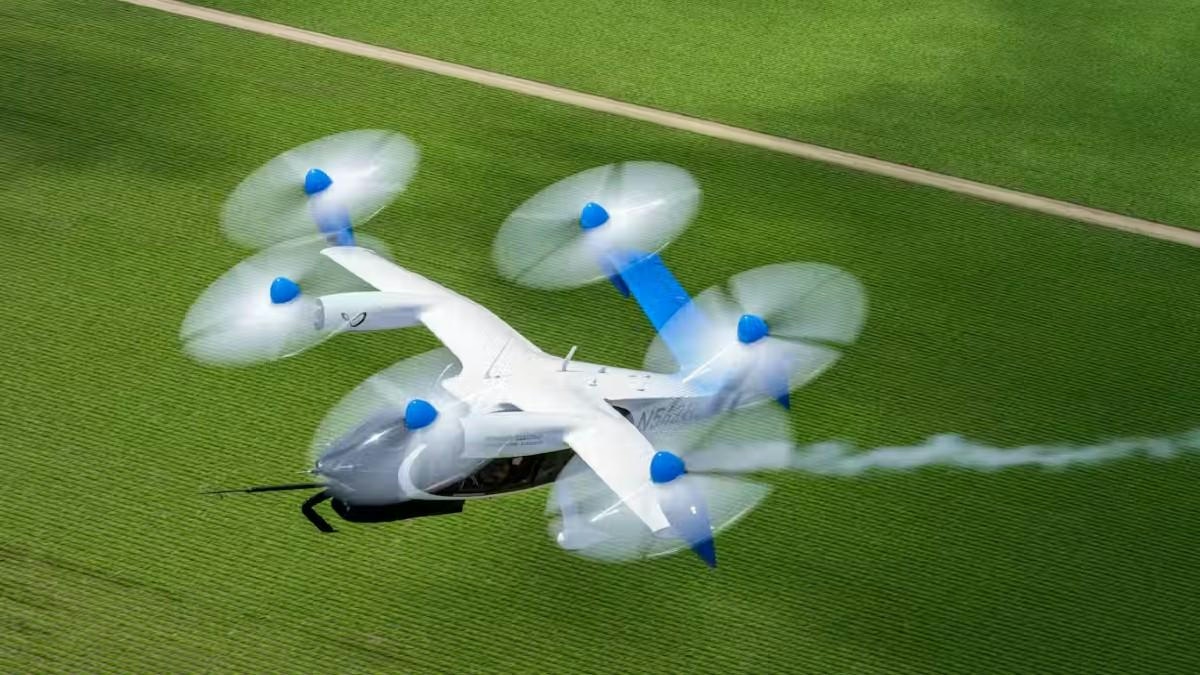
Joby and Archer Lead Efforts to Develop eVTOL Air Travel
Advancements in Electric Vertical Takeoff and Landing Technology
The electric vertical takeoff and landing (eVTOL) sector is witnessing significant progress as leading manufacturers push the boundaries of electric air mobility. Joby Aviation recently achieved a milestone by completing a 523-mile, nine-hour test flight with the first hydrogen-powered eVTOL aircraft. This breakthrough marks a pivotal step toward emissions-free regional air travel, highlighting the potential of hydrogen technology to extend range and reduce environmental impact. Joby’s liquid-hydrogen S4 model is expected to fly nearly four times farther than its all-electric predecessor, which currently has a 150-mile range. Founder and CEO JoeBen Bevirt emphasized the transformative potential of this technology, envisioning routes such as San Francisco to San Diego or Boston to Baltimore operating without traditional airports and producing only water as emissions.
Investor confidence in Joby remains robust, reflected in a 66 percent increase in its share price this year and a 10 percent rise in recent trading. The company has secured over $590 million for research and development, with major backing from Toyota, its primary investor contributing more than $500 million, and Delta Air Lines, which invested $60 million and established a five-year exclusive partnership for eVTOL services at key hubs.
Archer’s Progress and Strategic Collaborations
Archer Aviation is also advancing rapidly in the eVTOL race, with its stock rising 15 percent since January. The company is conducting final testing of its Midnight eVTOL in Abu Dhabi, targeting a commercial launch in the United Arab Emirates by the end of the year. Test flights at Al Bateen Executive Airport are designed to evaluate the aircraft’s performance under challenging conditions such as high heat, humidity, and dust—critical factors for obtaining Federal Aviation Administration (FAA) certification. Archer is further enhancing its technological capabilities through a partnership with Palantir, integrating AI-driven systems to improve operational efficiency and safety.
Both Joby and Archer are preparing to establish commercial networks in the UAE later this year. Joby has already completed the first commercial vertiport at Dubai International Airport and is expanding production capacity to 24 S4 aircraft annually, alongside growing its operational footprint in Dayton, Ohio.
Industry Challenges and the Path Forward
Despite these advancements and growing market enthusiasm, the eVTOL industry faces considerable challenges. Regulatory hurdles, technological integration, and safety concerns continue to influence the pace of development. Certification processes remain a focal point, with U.S. authorities working to expedite approvals for eVTOL aircraft. Other competitors, such as the U.K.-based Vertical Aerospace, are also making progress, recently securing $60 million in funding to advance testing of their VX4 eVTOL.
Strategic partnerships are proving essential in accelerating innovation and market readiness. Collaborations like Archer’s with Palantir and Joby’s alliances with Toyota and Delta underscore the sector’s appeal to established industry players. However, operational complexities—including airspace integration and infrastructure development—pose ongoing obstacles to widespread adoption.
As Joby and Archer move closer to commercial launches in the Middle East, their progress signals a new era for urban and regional air mobility, even as the industry continues to navigate significant technical and regulatory challenges.
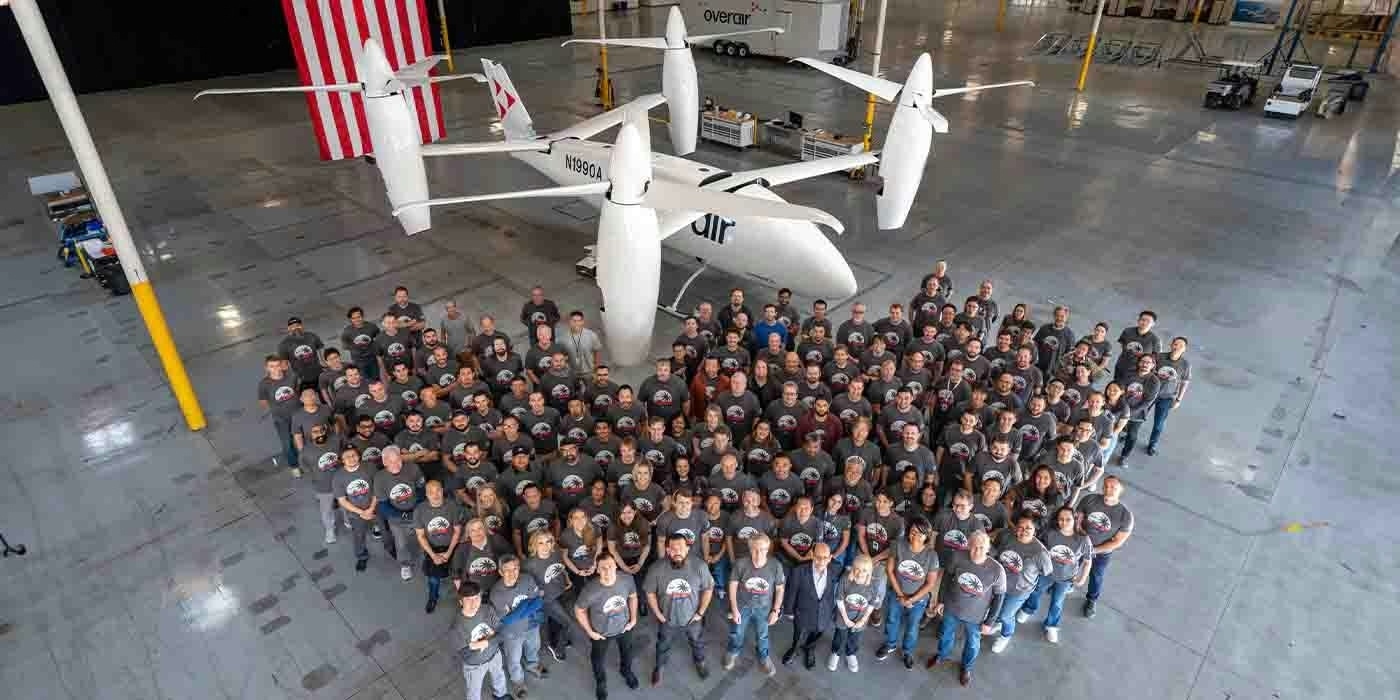
Unique mixed-propulsion eVTOL completes transition flight testing
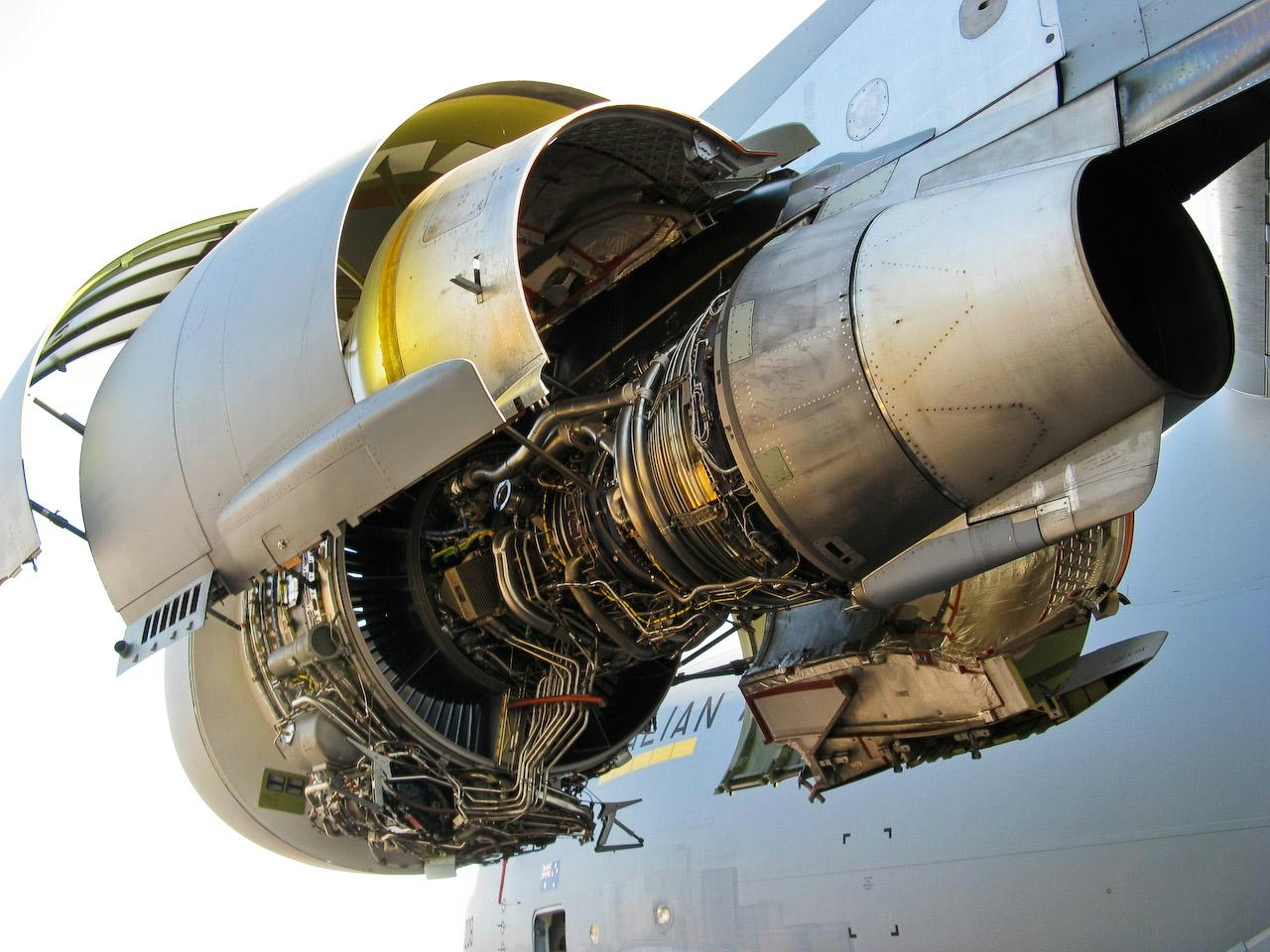
Are C-17 Globemaster Engines Derived from Boeing 757?
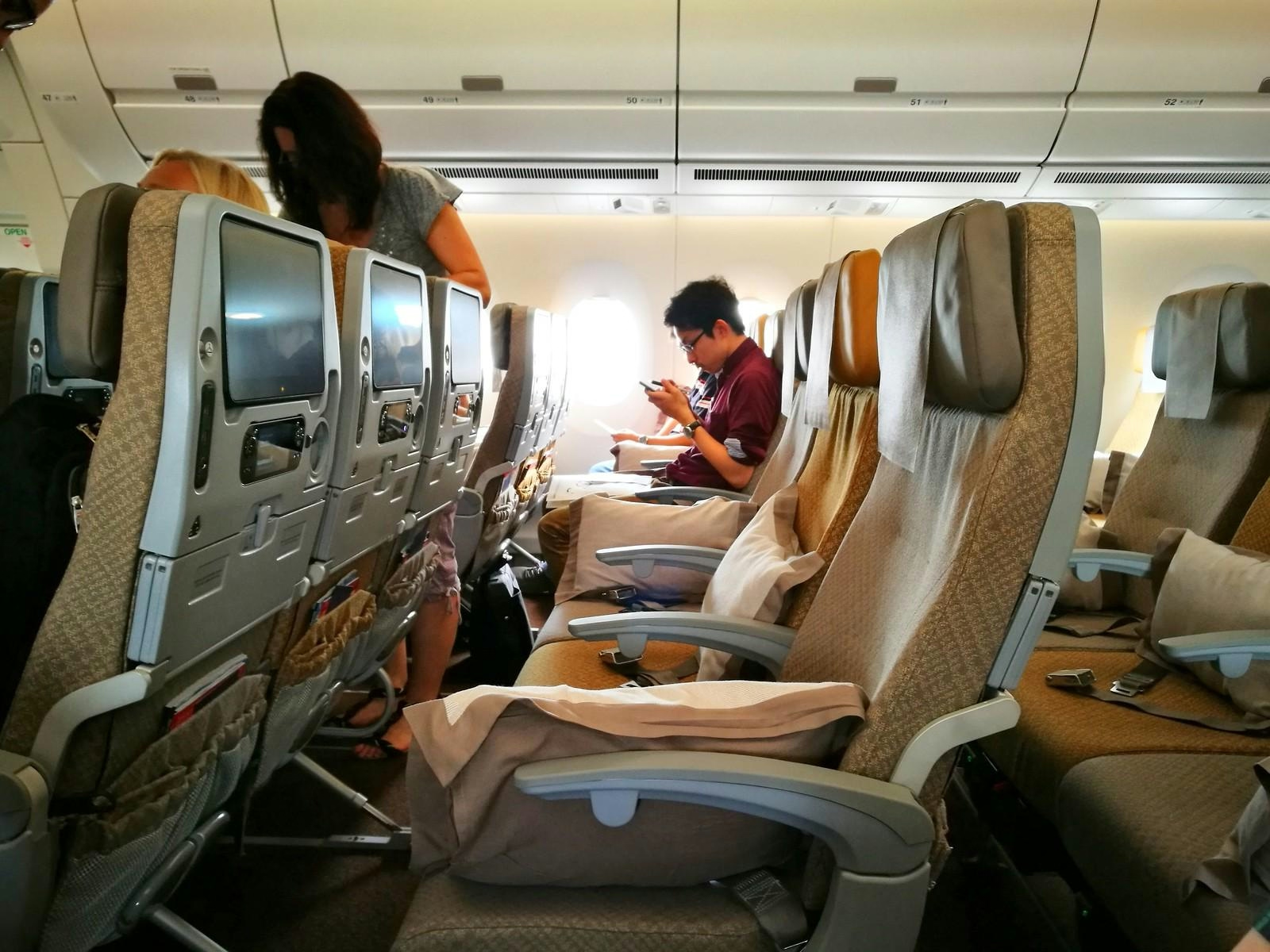
Why the Airbus A350’s Cabin Is Quieter Than Other Aircraft
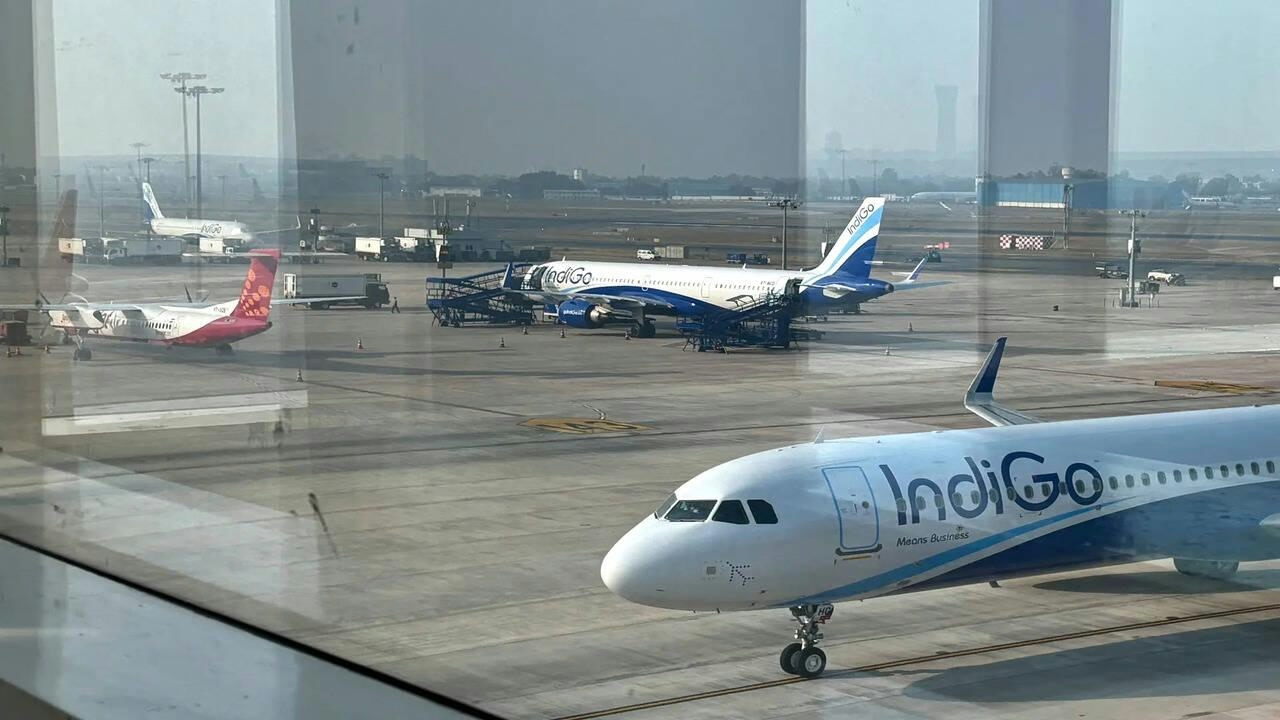
AI and AI Express Plan to Increase Capacity Amid IndiGo Flight Disruptions
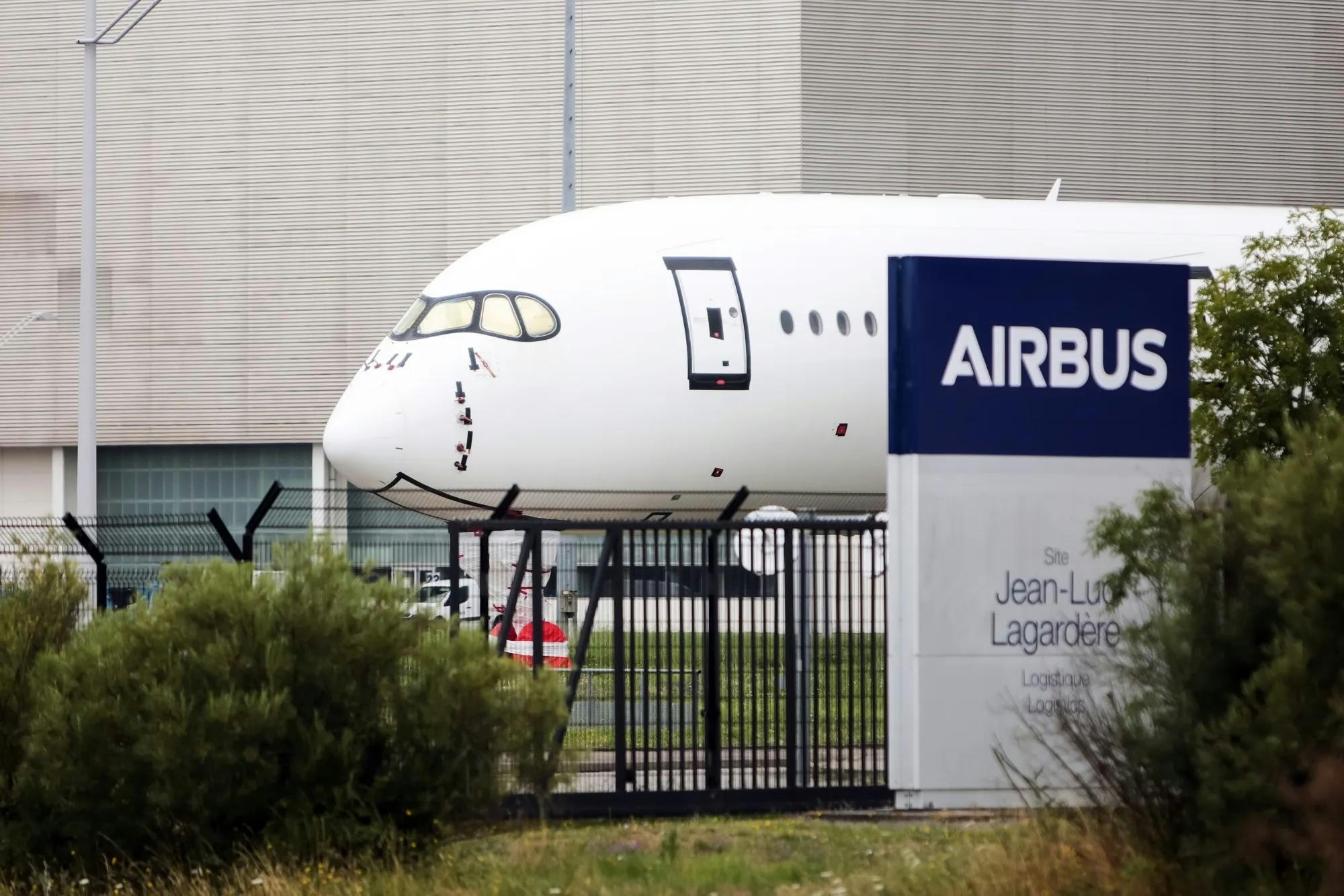
Kazakhstan and France Agree on Airbus Aircraft Deliveries
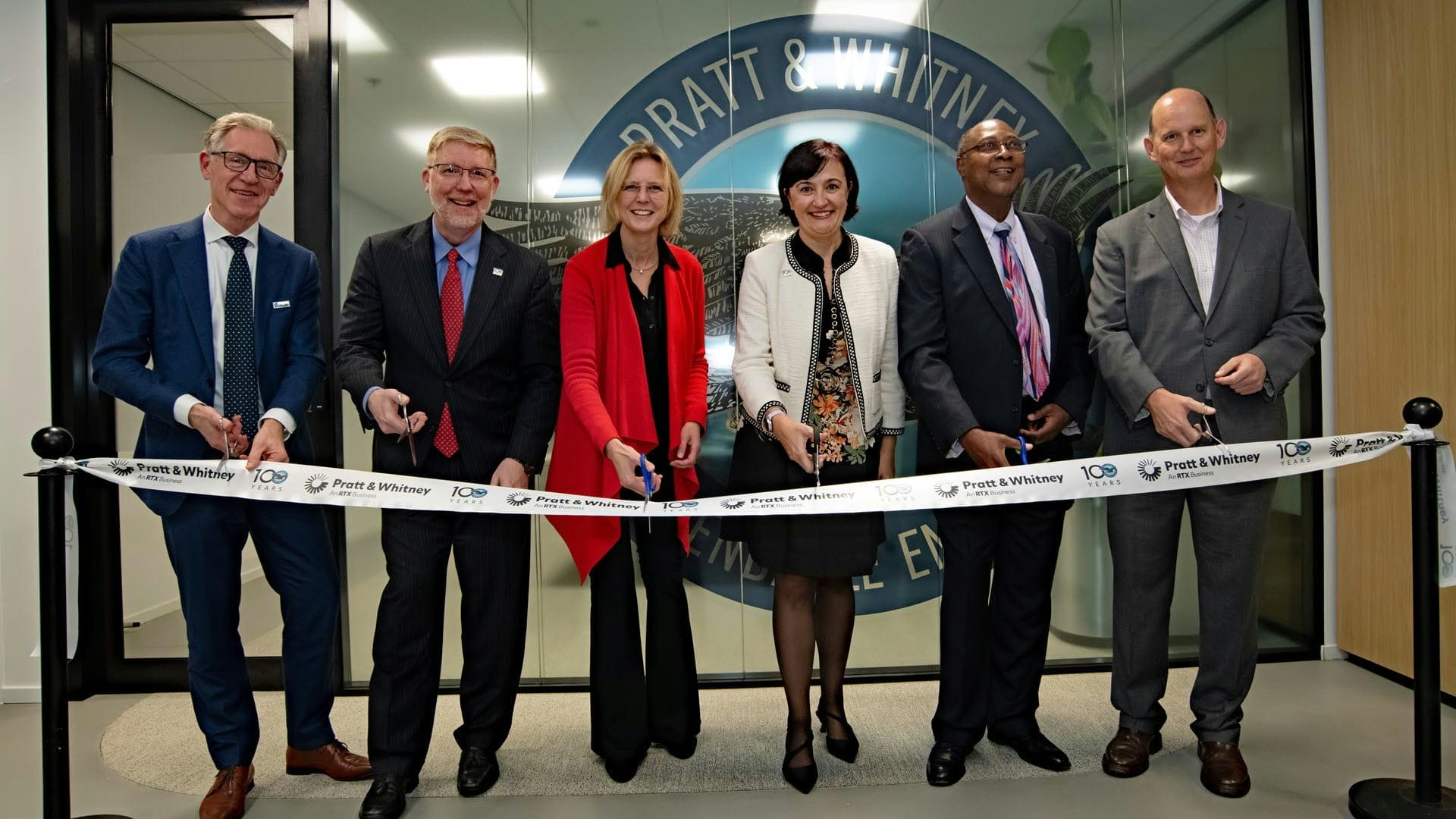
Europe’s Emerging Talent Drives Aviation Innovation
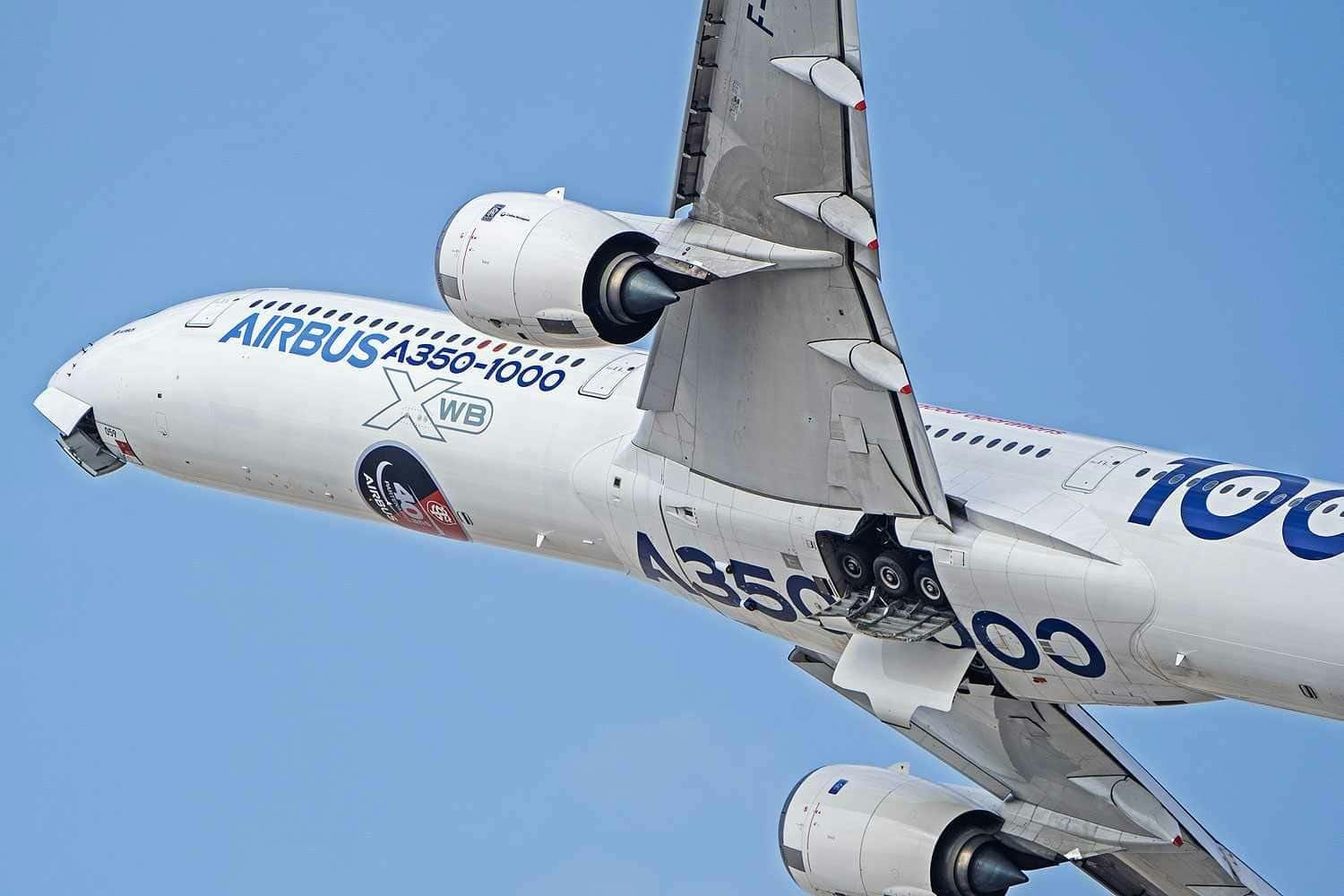
Airbus Receives New Order for A350-1000
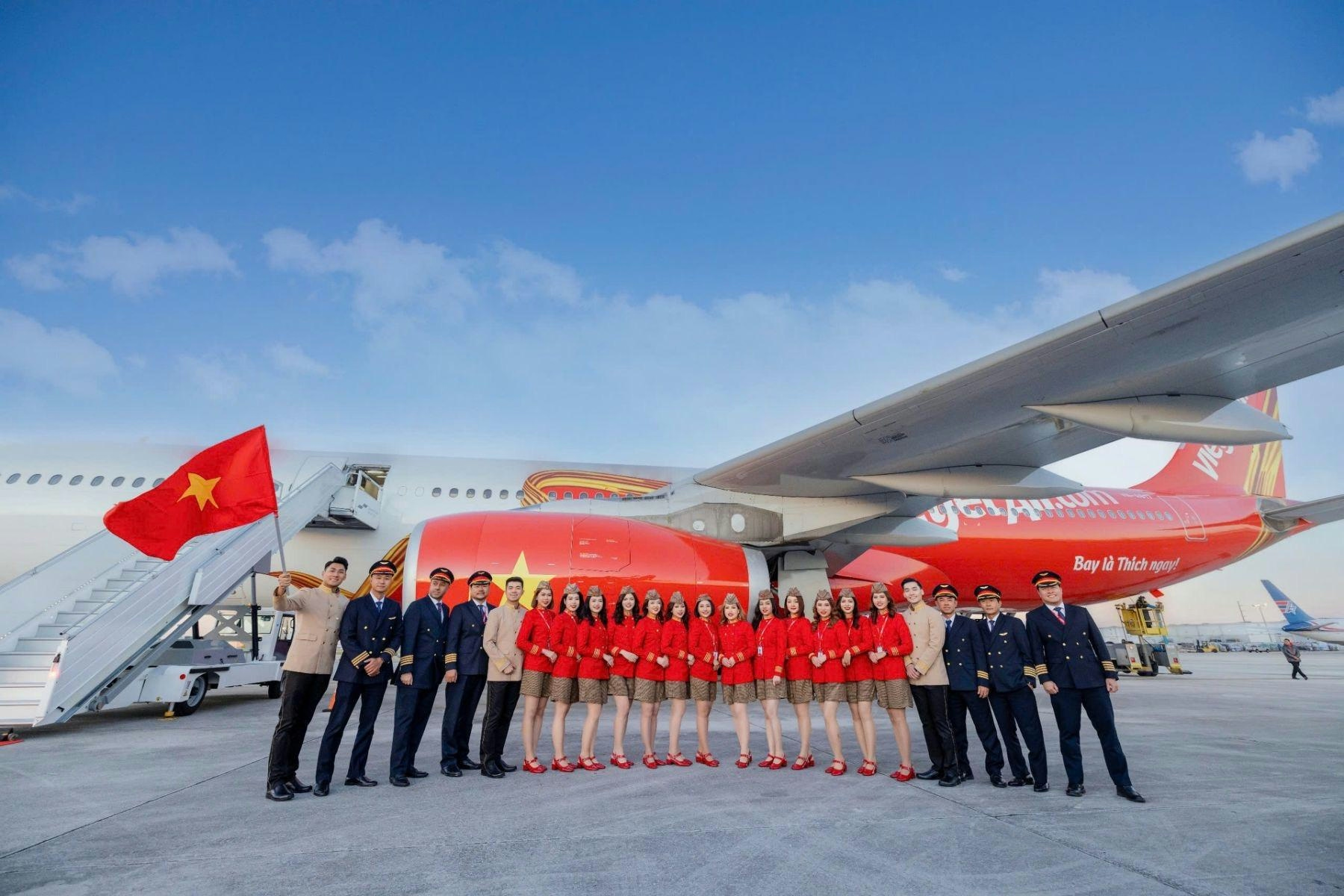
The Leading Widebody Aircraft in Service Today
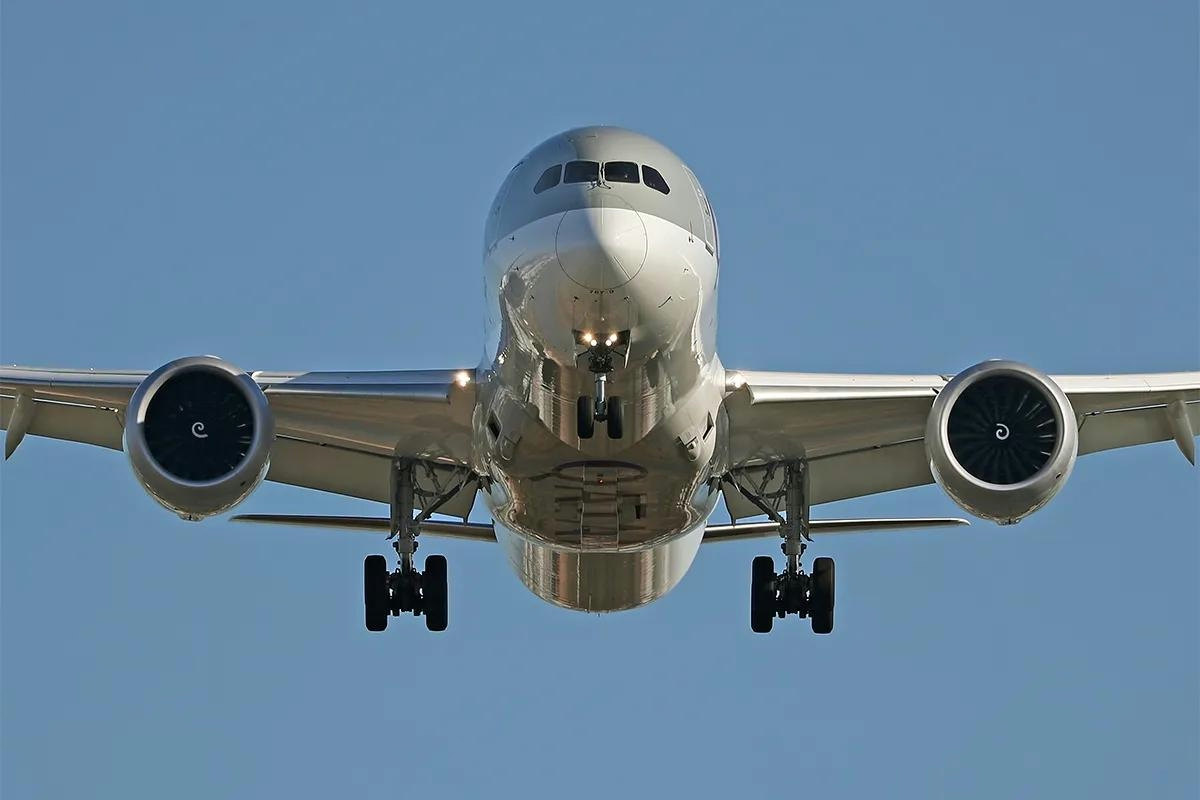
The Fastest Boeing Jet Currently in Service
